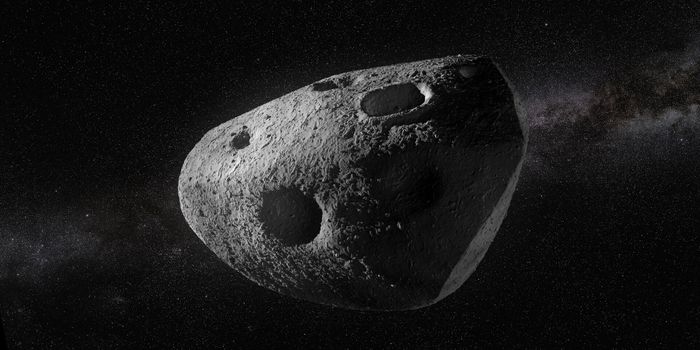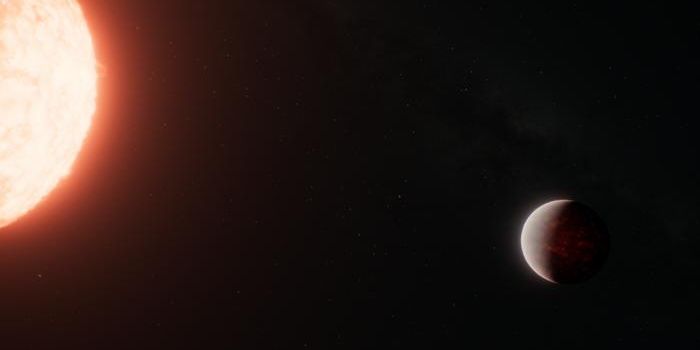NASA's Ingenuity Helicopter Completes Its First One-Way Trip on Mars
NASA sent the Perseverance rover to Mars loaded with cutting-edge technology, one piece of which is a robotic helicopter called Ingenuity. On April 19, 2021, its first successful flight made Ingenuity the first aircraft to complete a controlled, powered flight on a planet other than Earth. It's been on a few flights since, and executed its fifth flight on Mars on May 8, 2021, when it traveled from Wright Brothers Field to an airfield 423 feet (129 meters) to the south on a one-way flight. Once it got to the airfield, it rose to a new height of ten meters, capturing high-resolution images before descending to touch down. The flight lasted 108 seconds.
"We bid adieu to our first Martian home, Wright Brothers Field, with grateful thanks for the support it provided to the historic first flights of a planetary rotorcraft," said Bob Balaram, chief engineer for Ingenuity Mars Helicopter at JPL. "No matter where we go from here, we will always carry with us a reminder of how much those two bicycle builders from Dayton meant to us during our pursuit of the first flight on another world."
Now, the craft's capabilities will be tested more. It may be tasked with making aerial observations of locations that the rover can't reach. This could be a great help to future mission planning. The helicopter will also face bigger risks.
"The fifth flight of the Mars Helicopter is another great achievement for the agency," said Bob Pearce, associate administrator for NASA's Aeronautics Research Mission Directorate. "The continuing success of Ingenuity proves the value of bringing together the strengths of diverse skill sets from across the agency to create the future, like flying an aircraft on another planet!"
NASA is interested in learning more about how next-generation helicopters can aid future missions to Mars. For now, it will await instructions from Perseverance, which transmits directions from mission control.
The Perseverance rover is now headed south too, where it will begin to gather samples and carry out scientific operations. For now, the rover won't stray too far from the helicopter, and mission control can use Ingenuity if they want.
"The plan forward is to fly Ingenuity in a manner that does not reduce the pace of Perseverance science operations," said Balaram. "We may get a couple more flights in over the next few weeks, and then the agency will evaluate how we're doing. We have already been able to gather all the flight performance data that we originally came here to collect. Now, this new operations demo gives us an opportunity to further expand our knowledge of flying machines on other planets."
Sources: Phys.org via Jet Propulsion Laboratory









